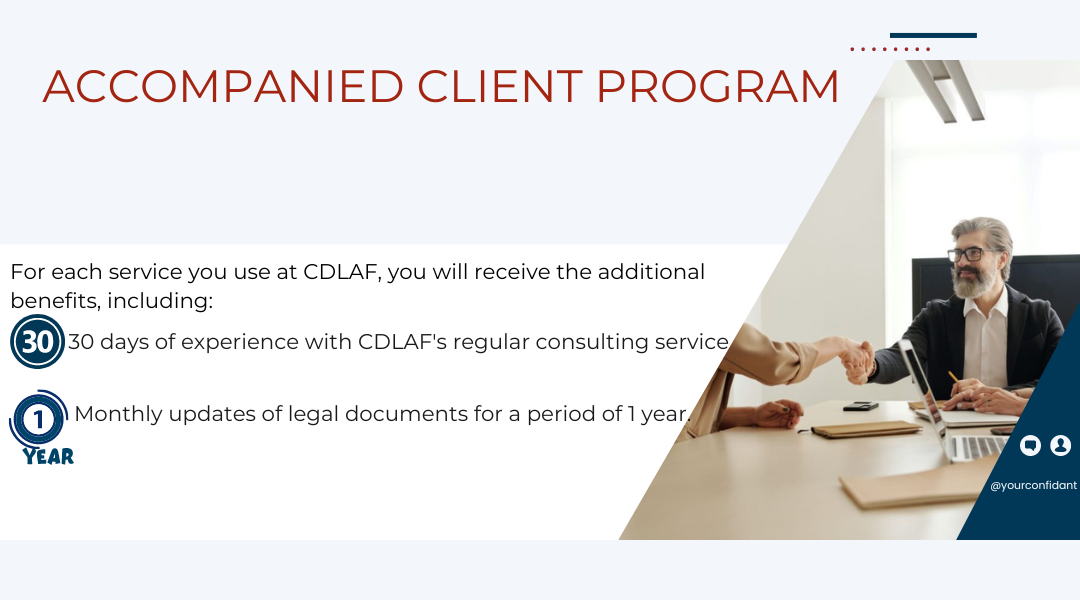In the context of global economic integration related-party transactions and transfer pricing have become hot issues in the fields of tax and finance. They have attracted significant attention from the regulatory authorities as well as businesses. The use of pricing strategies by multinational corporations and affiliated enterprises to optimize profits can lead to tax losses and create an unfair competitive environment if not strictly controlled. Therefore, Vietnam has established a legal framework for related-party transactions and transfer pricing to ensure transparency, fairness, and compliance with international standards. This article will clarify the current legal provisions, methods for determining transfer prices, and solutions to help businesses minimize risks, protect their interests and maintain sustainable operations.

1. Legal Regulations on Related-Party Transactions and Transfer Pricing in Vietnam
Related-party transactions and anti-transfer pricing controls are critical issues in taxation and finance, which are closely monitored by regulatory authorities to prevent tax evasion and ensure a fair business environment. While legal regulations on related-party transactions have been issued in Vietnam for a long time, the legal framework previously struggled to keep pace with evolving economic relationships. As a result, many businesses and corporations consistently reported financial losses.
In recent years, legal provisions have been revised to establish specific criteria for identifying related-party transactions, and related-party relationships, and determining methods to assess whether a transaction qualifies as transfer pricing. These measures aim to ensure that businesses declare and determine transaction prices transparently.
Currently, related-party transactions are governed by key legal documents, including:
- Law on Tax Administration: Law No. 38/2019/QH14, effective from July 1, 2020, serves as the overarching legal framework defining taxpayers’ rights and obligations, including the regulation of related-party transactions to prevent tax losses.
- Decree on Tax Administration for Related-Party Transactions: Decree No. 132/2020/ND-CP, issued by the government, provides detailed guidelines on principles, methods for determining related-party transaction prices, declaration responsibilities, and penalties for non-compliance.
These regulations provide tax authorities with a legal basis to inspect and adjust related-party transactions with signs of transfer pricing while also guiding businesses on how to declare and determine transaction prices transparently.
2. Methods for Determining Transfer Pricing in Related-Party Transactions
To ensure that related-party transactions reflect actual economic value and are not exploited for tax evasion, tax authorities apply three main methods to determine transfer pricing:
- Comparable Uncontrolled Price (CUP) Method: This method compares the prices of related-party transactions with those of similar transactions conducted between independent parties in the market. If significant discrepancies are found, tax authorities may adjust the transfer price to reflect the fair market value.
- Transactional Net Margin Method (TNMM): This method assesses a company’s profitability in related-party transactions by comparing its profit margin to that of independent companies operating in the same industry. If there is a significant deviation, tax authorities may require adjustments to align with market norms.
- Profit Split Method (PSM): This method is applied to companies involved in a multinational value chain, where profits are allocated based on factors such as revenues, expenses, assets, or workforce contributions of each party. It helps determine the fair share of profits that each related entity should receive.
3. Responsibility for the Declaration and Documentation to demonstrate the legality of Related-party transaction
Businesses engaged in related-party transactions are required to fulfill the obligation to declare and maintain documentation to demonstrate the reasonableness of these transactions, including:
- Related-Party Relationships and Transaction Information Declaration: Businesses must file a declaration detailing related-party relationships and transactions alongside the annual corporate income tax return.
- Related-party transaction Documentation: It includes the local file (information about the company’s related-party transactions), master file (information about the group’s pricing strategy and profit allocation), and country-by-country report.
- Supporting Documents to Justify Transfer Pricing: This includes contracts, transaction documentation, financial reports, and other relevant materials.
Properly preparing these documents will help businesses avoid the risk of the tax authorities adjusting their transfer prices and imposing back taxes.
4. Ways for Businesses to Mitigate Risks Related to Related-Party Transactions
To avoid risks associated with transfer pricing and ensure compliance with legal regulations, businesses must implement strict controls over related-party transactions. These measures not only help minimize the risk of tax audits and penalties but also protect the company’s reputation and ensure its sustainable development. Specifically:
Comply with the Arm’s Length Principle
The arm’s length principle requires that prices in related-party transactions should be equivalent to market prices, i.e., the prices that independent parties would apply under similar conditions. To comply with this principle, businesses should:
- Perform analysis and compare prices with transactions between independent parties in the market.
- Apply reasonable pricing methods by legal regulations.
- Regularly review transactions to ensure prices reflect actual economic values.
Prepare Transparent Documentation
Transparent and complete declaration of related-party transactions is essential for businesses to avoid tax risks. To do this, businesses should:
- Report related-party transactions as they occur, rather than waiting until an audit is conducted.
- Keep comprehensive records of contracts, invoices, documents, and meeting minutes to substantiate the reasonableness of transactions.
- Use data from reliable public sources to determine transfer prices.
Seek Regular Tax and Audit Consultation
One of the most effective ways to mitigate risks is for businesses to proactively work with tax and audit experts to evaluate and adjust related-party transactions before the tax authorities intervene. This helps businesses:
- Identify potential issues that may pose risks in related-party transactions.
- Make timely adjustments to transaction prices to ensure compliance with legal requirements.
- Enhance transparency and improve the reliability of their filings.
Apply Appropriate Pricing Methods
Businesses need to choose the right method for determining related-party transaction prices that align with their business model and industry to ensure tax compliance. Some commonly used methods include:
- Comparable Uncontrolled Price Method (CUP): Used when clear market price information is available for the transaction.
- Transactional Net Margin Method: Suitable for businesses with a business model similar to the entities being compared.
- Profit Split Method: Applied when related parties jointly create value, but individual market prices are difficult to determine.
Related-party transactions are an essential part of the operations of corporations and businesses, especially for those with a global network. However, they also carry significant tax risks if not properly managed. Understanding legal requirements, maintaining transparent declarations, applying reasonable pricing methods, and collaborating with tax experts will help businesses avoid serious consequences resulting from transfer pricing. Proactively complying with and controlling related-party transactions not only helps businesses avoid penalties but also creates a solid foundation for sustainable development in a competitive business environment.
Time of writing: 11/02/2025
The article contains general information which is of reference value, in case you want to receive legal opinions on issues you need clarification on, please get in touch with our Lawyer at info@cdlaf.vn

Why choose CDLAF’s service?
- We provide effective and comprehensive legal solutions that help you save money and maintain compliance in your business;
- We continue to monitor your legal matters even after the service is completed and update you when there are any changes in the Vietnamese legal system;
- Our system of forms and processes related to labor and personnel is continuously built and updated and will be provided as soon as the customer requests it;
- As a Vietnamese law firm, we have a thorough understanding of Vietnam’s legal regulations, and grasp the psychology of employees, employers, and working methods at competent authorities;
- CDLAF’s team of lawyers has many years of experience in the field of labor and enterprises, as well as human resources and financial advisory.
- Strict information security procedures throughout the service performance and even after the service is completed.
You can refer for more information:
- Corporate tax health check service – A comprehensive solution to ensure financial and legal compliance
- Does your enterprise have related-party transactions? Be cautious with transfer pricing!







